Turning the Page
To Warren T. Slaughter Jr. and Chelsea and Sadie, a.k.a. the
Junior Slaughters, with love, from my heart and soul.
Turning the Page
The Ultimate Guide for Teachers
to Multicultural Literature
Rachel Slaughter
ROWMAN & LITTLEFIELD
Lanham Boulder New York London
Published by Rowman & Littlefield
An imprint of The Rowman & Littlefield Publishing Group, Inc.
4501 Forbes Boulevard, Suite 200, Lanham, Maryland 20706
www.rowman.com
6 Tinworth Street, London, SE11 5AL, United Kingdom
Copyright 2021 by Rachel Slaughter
All rights reserved . No part of this book may be reproduced in any form or by any electronic or mechanical means, including information storage and retrieval systems, without written permission from the publisher, except by a reviewer who may quote passages in a review.
British Library Cataloguing in Publication Information Available
Library of Congress Cataloging-in-Publication Data
Names: Slaughter, Rachel, 1967 author.
Title: Turning the page: the ultimate guide for teachers to multicultural literature / Rachel Slaughter.
Description: Lanham: Rowman & Littlefield, 2021. | Includes bibliographical references and index. | Summary: Turning the Page: The Ultimate Guide for Teachers to Multicultural Literature helps educators find multicultural books for the classroom that align with the curriculum. Inside the book are a peer-reviewed metric that shows teachers how to substitute biased books with multicultural literature, book reviews, and lesson plans for multicultural books.Provided by publisher.
Identifiers: LCCN 2020044781 (print) | LCCN 2020044782 (ebook) | ISBN 9781475857634 (cloth) | ISBN 9781475857641 (paperback) | ISBN 9781475857658 (epub)
Subjects: LCSH: Childrens literatureStudy and teachingUnited States. | Multicultural educationUnited States | ChildrenBooks and readingUnited States.
Classification: LCC PN1008.8 .S53 2021 (print) | LCC PN1008.8 (ebook) | DDC 370.1170973dc23
LC record available at https://lccn.loc.gov/2020044781
LC ebook record available at https://lccn.loc.gov/2020044782
 The paper used in this publication meets the minimum requirements of American National Standard for Information SciencesPermanence of Paper for Printed Library Materials, ANSI/NISO Z39.48-1992.
The paper used in this publication meets the minimum requirements of American National Standard for Information SciencesPermanence of Paper for Printed Library Materials, ANSI/NISO Z39.48-1992.
Contents
As an avid reader, researcher, and student of multicultural scholars, I have had this book brewing in my soul for many years.
During the process of writing this book, I reached out to several people to whom I would like to extend a warm thank you. My sincere appreciation goes out to the many educators who provided me with recommendations of their favorite multicultural books. Veteran educators like Charlotte Fuller-Jahn, Lisa Rex, Sofia Friedman, Katy Oh, Kathleen Dickerson, Tracie DeLawrence Peterson, and Daphane Davis inspire me with their love of multicultural literature. A special thanks to the scholars who taught me to express myself through writing: Charles Fuller, Dr. Shirley Dixon, and Dr. Jerry Zurek. I would also like to thank Jennie Noakes, my editor.
Finally, I extend my love and appreciation to my mother and reading role model Lillian Fuller, husband Warren T. Slaughter, Jr. and children Chelsea and Sadie Slaughter, and my extended family who cheered me on. As I complete this project, I look forward to turning the page to reveal my next writing adventure.
Converse with any middle school teacher and you will immediately appreciate the arduous undertaking to locate high-quality literature attractive to adolescent students from diverse backgrounds. While there has been some advancement in regard to the publication of multicultural young adult books, the current criteria indicating the guiding principles of exemplary all-inclusive tests still remain questionable.
Moreover, while providing diverse middle school students with a plethora of high-quality multicultural texts exemplifies a progression toward ethnic literacy inclusiveness, middle school teachers are simultaneously challenged to increase their own instructional knowledge regarding exceptional culturally diverse literature.
Todays middle school settings are characterized by a significant emphasis being placed on students standardized test scores, which have a minimal impact on erasing inequities and racism in our society. Fundamentally, however, the amalgamation of exemplary multicultural juvenile literature and competent teacher knowledge creates a classroom that can potentially motivate young adults literacy learning and appreciation of culture diversity in our world.
Turning the Page: The Ultimate Guide for Teachers to Multicultural Literature , written by Dr. Rachel Slaughter, is the quintessential resource for middle school educators. Dr. Slaughter has over thirty years in the field of education as a veteran educator of adolescent learners. Through the skillful combination of her vast teaching experiences and her own qualitative content analysis research of multicultural literature, Dr. Slaughter has expertly created a valuable culturally responsive instructional guide.
Dr. Kara J. Brady
Assistant Professor, Special Education, and School Leadership
For many people of color, it is emotionally and mentally draining to attend schools where multiculturalism is not acknowledged or celebrated in education and plays no significant part in the curriculum. Students of color often find it difficult to articulate the feelings of loneliness and invisibility they feel in schools where teachers do not fully embrace cultural diversity. These are the students who inspired me to write this book.
While writing the book, I was thinking of the first four chapters as my opportunity to provide statistics on the nations ever-increasing diversity, the need for multicultural literature in schools, and the obstacles preventing the integration of multicultural literature in schools.
I wrote the remaining four chapters to include the metric school stakeholders can use to think critically about multicultural literature in the effort to choose books free of biased images to complement multicultural education programs. My hope is that the books short chapters with bullet points answer three important questions:
1. What are the qualities of multicultural literature that adhere to the Common Core States Standards Initiative?
2. How can school stakeholders evaluate literature considered multicultural?
3. What are the reasons school stakeholders reject, ignore, or bypass multicultural literature despite an awareness of the benefits of including the genre in schools?
Including interviews with anti-racist teachers who embrace multiculturalism, the book concludes with an important idea: School stakeholders should create a task force of anti-racist teachers who will use the metric in this book to choose multicultural literature as one component of a multicultural education program that respects and promotes diversity.
In these racially turbulent times, multicultural literature is a perfect academic vehicle to learn about race, racism, and cultural tolerance. Essentially, this book is my prayer for a new normal: Every day, school leaders will show up as anti-racists and do the work of dismantling systemic racism by celebrating diversity using multicultural materials. Maya Angelou wrote: It is time for parents to teach young people early on that in diversity there is beauty and there is strength.
Multicultural literature is a wonderful way to bridge cultural gaps and become culturally literate while diving into a plethora of worldviews, experiences, and lifestyles. It is my hope that this book inspires educators to do just that.

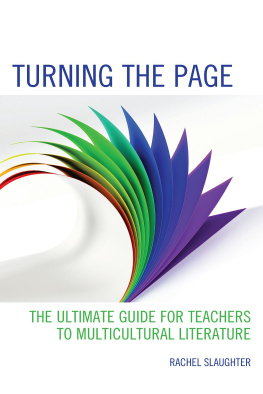

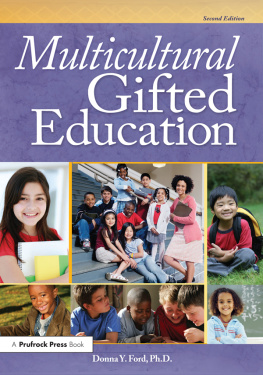
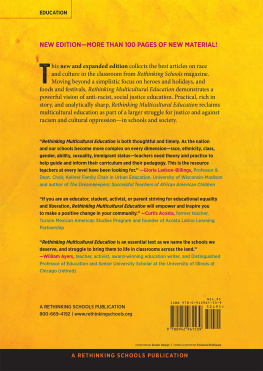
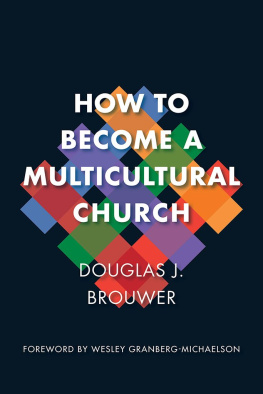

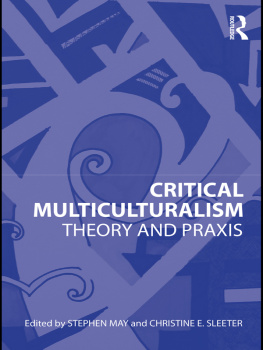

 The paper used in this publication meets the minimum requirements of American National Standard for Information SciencesPermanence of Paper for Printed Library Materials, ANSI/NISO Z39.48-1992.
The paper used in this publication meets the minimum requirements of American National Standard for Information SciencesPermanence of Paper for Printed Library Materials, ANSI/NISO Z39.48-1992.